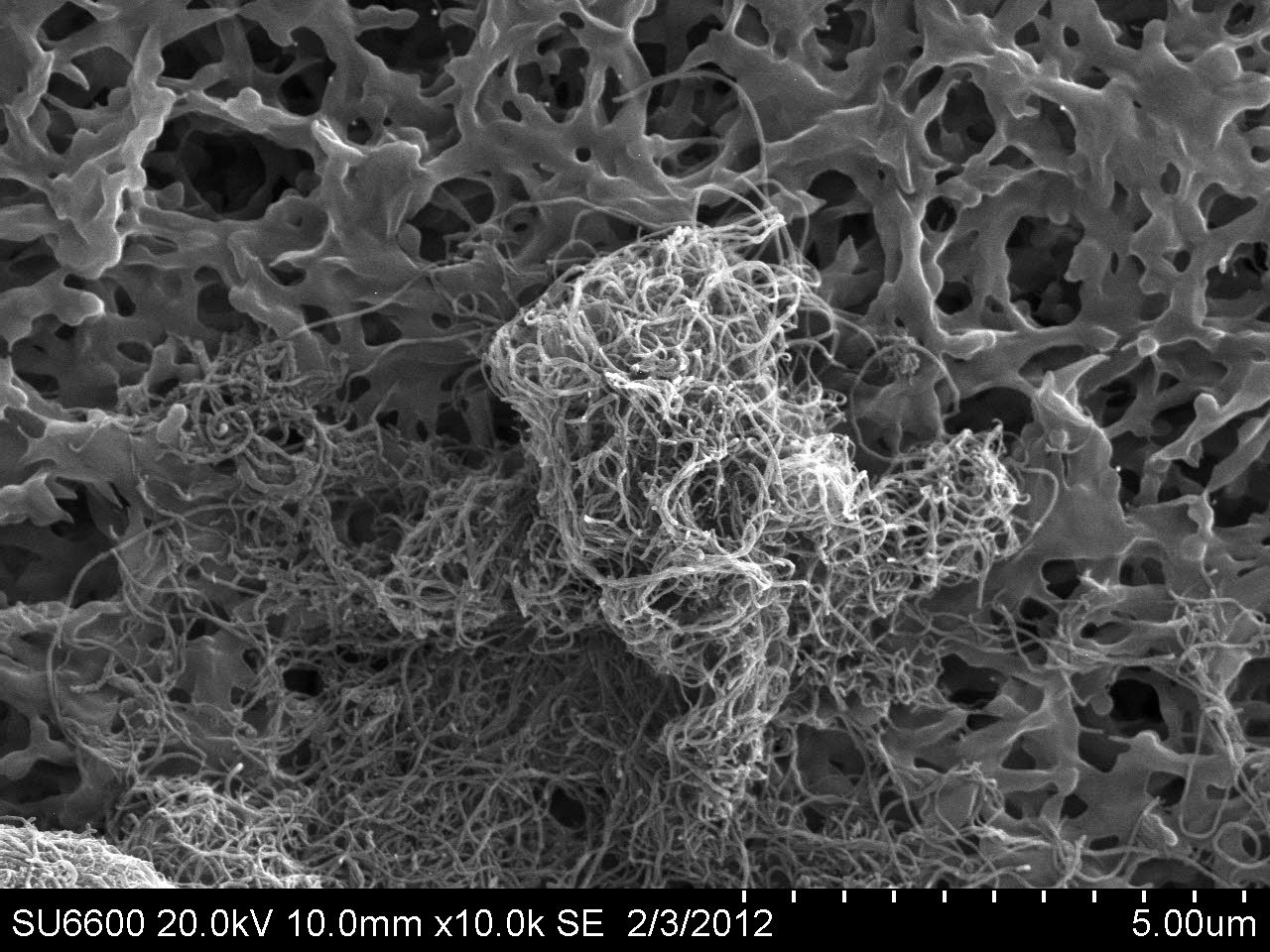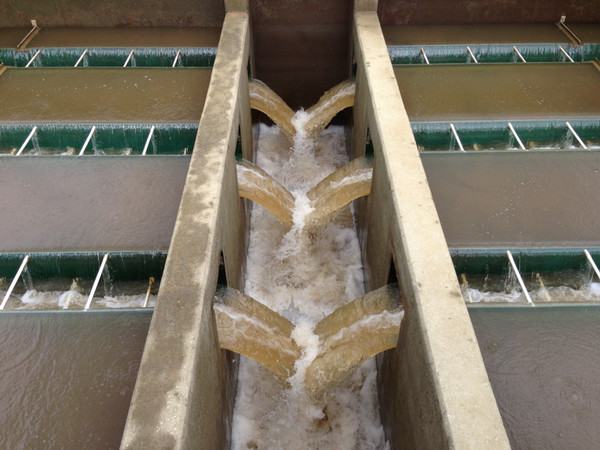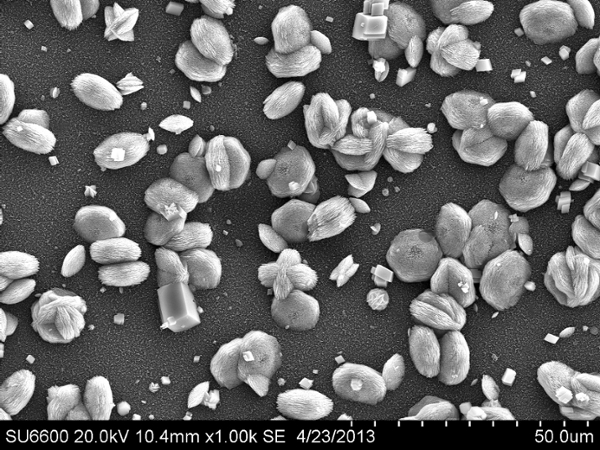

Theme Leader: Dr. David Ladner, Environmental Engineering & Earth Sciences
A paradigm shift is underway in water and wastewater treatment; society is moving from a linear to a circular system emphasizing water reuse. At the same time, new sources of drinking water are being sought, such as seawater and brackish water. A hindrance to this paradigm shift is that large energy inputs are required to drive conventional desalination and wastewater treatment processes. The goal of Theme 1 is to lower or eliminate those energy demands. We aim to decrease the energy required for water/wastewater treatment; e.g. lower the kWh/m3. This can be accomplished with efficiency improvements in the processes themselves, or by driving the processes with renewable energy or waste energy. In some cases we may even be able to create energy-producing treatment processes (which ties in with Theme 2).
In the current mode of operation, water quantity and quality are often treated separately. In Theme 1 special consideration is given to technology interventions that can lower energy costs while still producing water with high quality (meaning contaminants are effectively eliminated, including thermal pollution). Thus two aspects of technology performance are targeted in tandem: high quantity and high quality water production.
Specific activities within this theme revolve around various water treatment processes, seeking to maximize each one’s performance. Hybrids are also explored, where two or more treatment techniques are integrated to achieve synergistic benefits.
Theme-related processes/topics include:

carbon nanotubes on top of a 0.1 um pore size PVDF microfiltration membrane.

backwash sand filter water treatment facility

precipitate scaling on reverse osmosis membrane